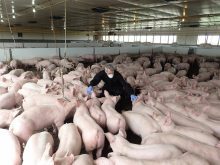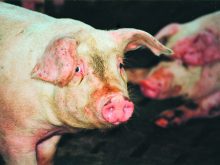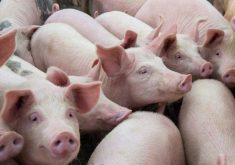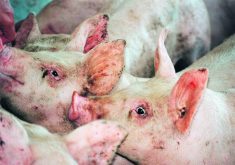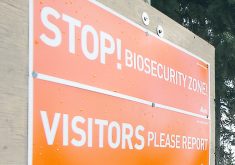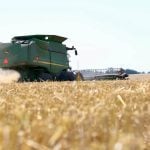WASHINGTON, D.C. — African swine fever is a top of mind concern for Canada’s agriculture minister.
Lawrence MacAulay has discussed the disease and the potential threat to North America’s hog industry on a couple of occasions with United States Agriculture Secretary Sonny Perdue.
“We have to realize it’s in China, it’s in Vietnam, it’s right across Asia. This is a big issue, in my view, for the agricultural sector,” said MacAulay, who took part in a panel discussion with Perdue and Mexico’s secretary of agriculture, Victor Villalobos Arambula, at a United States Department of Agriculture outlook conference.
Read Also
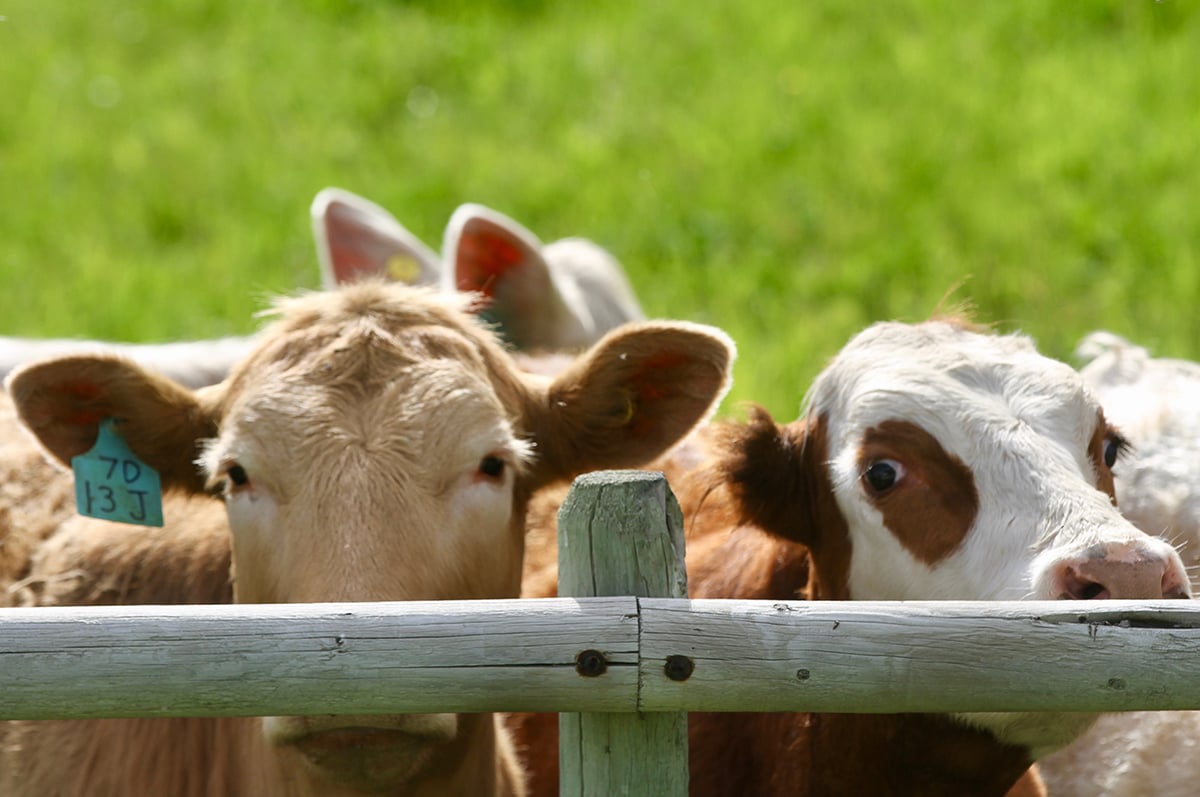
Feeder market consolidates at historic highs
For the week ending Sept. 6, Western Canadian feeder cattle markets were relatively unchanged compared to seven days earlier.
“It takes one (case) to cost us billions of dollars. I just hope we (Canada, the U.S. and Mexico) can work together. Not after. Before.”
African swine fever is spreading through pig herds in China, Eastern Europe, Russia and was recently detected in Vietnam. Like other viruses, the disease causes fever, lethargy and lack of appetite in pigs, but herds infected with ASF have a much higher rate of mortality.
Infected animals spread the disease through direct contact. The virus can also survive for a long time outside of the host, so contaminated farm equipment, vehicles, clothing and shoes can spread ASF.
One of the primary vectors is infected meat. Humans are moving the virus by transporting meat and feeding it as scraps to pigs. Other vectors include:
- wild boars, which could come in contact with swine herds
- imported feed ingredients, as some amino acids used on Canadian hog farms come from China
- imported feed
For months, Canadian veterinarians and hog industry representatives have been ringing alarm bells about ASF and the threat to Canada. It appears MacAulay is listening and he’s trying to get other leaders on side.
“Sonny, (this is) an issue I brought to you, more than once,” MacAulay said during the panel discussion at the USDA conference held in late February in Washington.
Perdue, for his part, said Mexico, Canada and the U.S. are working together to prevent and respond to ASF, if it arrives.
“It’s important we communicate to farmers ahead of time. The protocols have to be very similar,” he said.
“It’s like an emergency plan.”
Perdue briefly mentioned ASF but it was discussed, at length, during the USDA conference. An ag department veterinarian, Jack Shere, made a presentation on the disease.
The U.S. Agricultural Research Service has a promising vaccine for ASF but it is three to five years from commercialization, Shere said.
In the meantime, North American hog producers should take steps to lower the risk. They should ban foreign visitors from their farm and avoid cheap, foreign feed, Shere said.
The Canadian government is increasing the number of signs at airports, telling travellers not to transport meat, MacAulay said. As well, the government is raising fines for people who ignore those messages.
There are sniffer dogs at airports to detect meat and other products, but as of January the total number was only 17. Canada’s pork industry has asked for three times that number.
MacAulay, during a phone call with media, proposed the idea of production or biosecurity zones in North America to isolate and contain the disease.
“Possibly to create zones in North America, knowing the Japanese importers of pork need to accept this.”
As for animal feed, the federal government is developing rules around the import of plant-based feeds.
“All prevention measures that can take place, will take place,” MacAulay said. “To make sure none of this feed comes in the back door.”
Infection of Canada’s wild boar population could be difficult to manage, because numbers and location are unknown.




